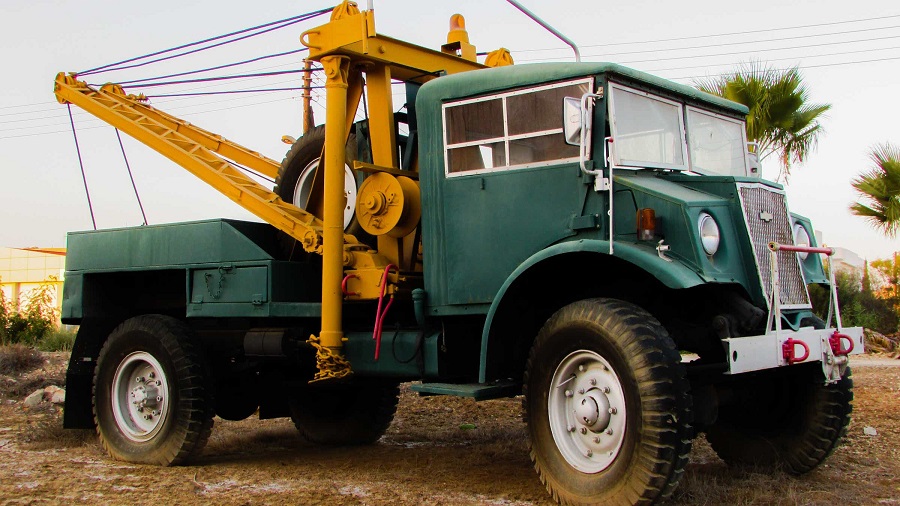Hydraulics are utilized in a number of everyday applications, varying in application from automotive vehicles to aerospace transports. Among the best types of a hydraulic application may be the hydraulic brake. A hydraulic brake is really a breaking mechanism that depends on brake fluid to transfer pressure in the controlling mechanism towards the breaking mechanism. Most generally, brake fluid contains ethylene glycol, exactly the same organic compound that’s mainly utilized as the raw material in manufacturing polyester fibers, and industrial items like antifreeze.
The most typical type of hydraulic brakes are utilized in passenger vehicles, motorcycles and mopeds. Generic systems contain a brake pedal or lever, an actuating fishing rod, along with a master cylinder set up which contains a piston set up. Furthermore, there’s coming back spring, a number of seals along with a fluid reservoir. The brake system also includes a reinforced hydraulic line along with a brake caliper set up, which houses the brake pads and pistons. Calipers could be either floating or fixed, based on whether it moves using the disc. The thermally conductive brake pads and also the brake disc are affixed to an axle.
The machine works once the brake pedal is pressed downward. This permits the actuating fishing rod to create pressure around the piston within the master cylinder. This proceeds to result in the fluid in the fluid reservoir to maneuver right into a containment chamber, resulting leads to a rise in pressure through the entire hydraulic system. Sitting down O-rings round the piston prevent fluid from dripping within the system. The machine is really a self-contained, meaning the machine works correctly with no extra fluid or oil to become added regularly. Fluid shouldn’t leak out, unless of course there’s a problematic or broken component like a seal.
Pressure will be used by the brake caliper towards the brakes pads, pushing the pads from the spinning rotor. The friction that’s caused between your pads and also the rotor leads to a breaking torque to become generated. This breaking torque slows the automobile. Once the brake pedal is released it enables the springs to come back the actual piston back to its beginning position. This motion relieves the hydraulic pressure around the caliper, which enables the brake piston within the caliper set up to slip back to its housing after which causes the brake pads to produce the rotor.




